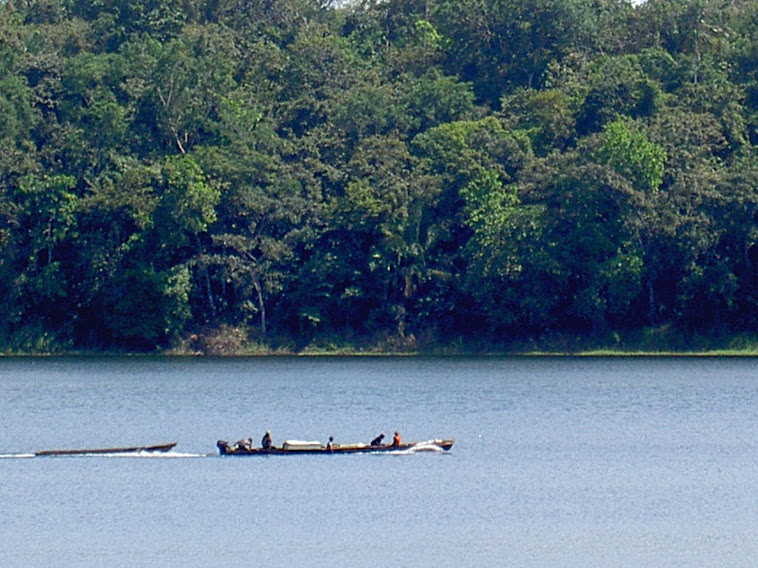The Mesoamerican Biological Corridor

The Mesoamerican Biological Corridor (MBC) is an ambitious conservation effort that seeks to protect the fragile ecosystems of Central America and Mexico. The MBC was launched in 1997 by the governments of seven countries: Costa Rica, El Salvador, Guatemala, Honduras, Nicaragua, Panama, and Mexico. It is a collaborative effort between governmental agencies and non-governmental organizations that aims to restore and conserve the region’s diverse habitats and species through land use planning initiatives, habitat restoration projects, protected areas management efforts, sustainable development programs, and other activities.
What Is The Corredor Biológico Mesoamericano?
The Corredor Biológico Mesoamerican (MBC) is a network of existing or planned protected areas stretching across eleven countries from Mexico all the way to Colombia. This corridor protects over 200 million hectares of forestland along with numerous river systems encompassing both marine environments as well as coastal regions. It serves as one of the world’s largest wildlife corridors protecting endangered species such as jaguars, sea turtles, and scarlet macaws among others in addition to being home to millions of indigenous people who have lived sustainably for centuries within these boundaries.
How Did The Corredor Biológico Come To Be?
In 1996 at a summit held in Tela Honduras, various Central American presidents agreed on four points outlined by Mexican President Ernesto Zedillo which included creating an ecological corridor linking up various parks throughout their nations thereby forming one large area dedicated to conserving nature while also promoting economic opportunities for those living there. Later that same year the first draft agreement was established amongst seven nations known today as Mesa Redonda de Cooperación para el Desarrollo Sostenible en Centroamérica y México outlining objectives that would be formulated into implementing this massive project some years later when it became official.
What Are Some Of Its Current Goals & Objectives?
Since its establishment in 1997, the goals laid out by those involved with MBC remain unchanged; they are aimed at ensuring long-term sustainability while preserving native biodiversity within its borders. Additionally, MBC strives towards restoring degraded landscapes due to human disturbances such as deforestation,over-fishing or agricultural expansion; furthermore, it works towards increasing public awareness regarding climate change impacts on our ecosystem. Finally,it implements several strategies meant for improving accessibility & connecting isolated populations allowing them direct accesses to resources much needed for survival thus helping reduce poverty levels throughout participating countries.
How Does It Affect Local Communities & Their Economies?
One key element fundamental to making this initiative successful relies heavily upon local communities’ willingness to participate; as such many small towns have been working directly alongside scientists studying flora/fauna present within their borders providing valuable insights about how best to preserve natural balance without disturbing livelihoods too drastically. As far as economic benefits go ; investing in programs like MBC provides tremendous potential growth seeing how certain regulations governing hunting can help maintain healthy population numbers encouraging tourist visitation resulting in increased jobs available leading to more money being invested back into local economies through taxes paid etc …..
What Challenges Does The Corredor Biológico Face?
Despite having achieved significant accomplishments since its launch 24 years ago; the MBS still faces numerous challenges ranging from legal issues preventing full implementation due to lack of proper funding but mostly stemming human activities happening inside corridors confines –illegal logging poaching activities carried out despite laws prohibiting them are just few examples why organization continues struggle reclaim territory lost each year adding yet another obstacle onto already huge task ahead …
Conclusion
Over the last two decades, environmental activists alongside government officials made great strides forward transforming a vision once thought impossible now into reality proving it possible to create vast networks safeguarding future generations that will continue to benefit plants and animals alike in a long time coming thanks to dedication hard work put forth by everyone involved with creation maintenance mesoamerican biological corridor ….




